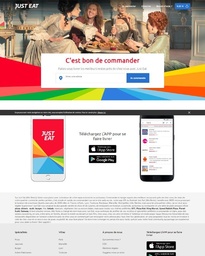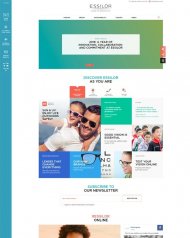Take Eat Easy in 2016
Abstract
This case addresses the challenge of a company to survive in a non-profitable environment. The case material mainly focused on the differences between business models, cost and revenue structure and the need of balancing scale and profitability. Founded in 2012, Take Eat Easy, a Belgium start-up, was one of the European pioneer of the new food delivery, a third-party marketplace that connects restaurants, deliverers and customers. The company was created after realizing how narrow the offer of food delivery was, seeing an opportunity on giving the opportunity to more restaurants to deliver their meals directly to their customers. After 4 years of operations, the company had managed to expand its operations in 20 cities in 4 different countries, employs more than 160 persons, and to deliver more than 1 million orders.However, the company never managed to reach profitability in this new industry, facing an intensive competition but also demanding stakeholders. This lack of profitability was mainly due to an unthought expansion that led the company competing in the market they could not win due to an intensive competition with players that had better financial capacities. The main players in the new delivery market were convinced that reaching scale was the best way to become profitable, it created a price war between all the players to secure the bigger market share. This case follows the development of the company from its creation until its shutdown in July 2016 and asks the student to analyze the market, understand the main mistakes that were done by the management and design an alternative strategy that could have saved the company.
Detailed information
| Case ID | 18-1090 |
|---|---|
| Published | 2018 |
| Industry | FOOD DELIVERY SERVICES |
| Analyzed Area | Social enterprise & ethics |
| Pages | 27 |
| Language | English |
| Teaching Note | Attached |

 Brochure
Brochure
 Info Session
Info Session
 Application
Application
 Alumni Voices
Alumni Voices






